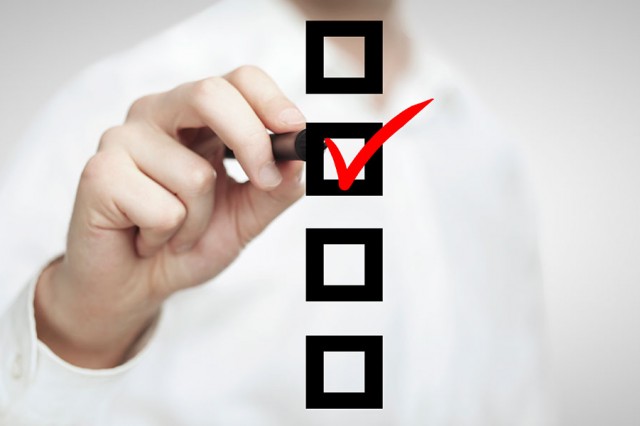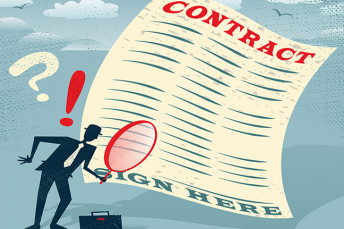
Denied Parties Lists: 3 Myths Debunked
Did you know there are over 50 lists of “denied parties”? In the world of international trade compliance, the phrase “Denied Parties” generally refers to entities, individuals, and organizations that the U.S. government have put on a watch list. Understanding and properly screening against these lists is one of the most basic elements of a strong export compliance management program. (You don’t have to look far to see enforcement examples of the companies or universities who didn’t get it right.)
1. It’s Not Just Non-U.S. Parties
Who needs to be screened against these Denied Parties Lists? In short, every person and party that your company or university does business with. Both domestic and international parties can be found on these lists. Thus, much like the deemed export rule, this is a compliance area that requires attention even for fully U.S. domestic business interactions. A strong compliance process will include screening partners, collaborators, customers, employees, contractors, and suppliers, regardless of where they are physically located.
2. Identify False Positives
Many organizations already conduct routine screening (If your company or university is not one of them, then start by checking out basic resources from these agencies: BIS, DDTC, and OFAC). Automated commercial software can help organizations ensure, for example, that all vendors entered into a purchasing or procurement system are screened on a nightly basis. But screening alone is not enough. What matters most is what you do with the results of the screening.
So where can potential gaps appear? Automated software will indeed return potential matches. A robust compliance program will also have consistent follow-through to flush out the false positives, and to take appropriate action on true matches.
Questions to consider include:
- Who has responsibility or authority to determine if the match is a false positive?
- What actions are systematically taken after potential hits are returned?
- How are records maintained to show due diligence in separating the false positives from actual matches
- What are the follow-up steps if a match is determined to be valid?
Who gets involved? Make sure your compliance program comes full circle. Be sure to treat the results of the screening in a comprehensive manner with a clear action plan.
3. Not All Lists are Equal: Denied or Restricted?
There is nothing equitable about these lists. Each list has been compiled for a different reason and they stem from many different federal agencies. There are some lists, such as OFAC’s Specially Designated Nationals (SDN) list, for which every company must be extremely vigilant. Then consider two lists from BIS (Bureau of Industry and Security): the Unverified List and the Entity List. Additional U.S. government licensing requirements and restrictions are placed on parties on the Entity List. But the Unverified List? The decision on what to do or not do with an individual or organization on the Unverified List comes down to the risk tolerance at your organization. Understanding the implications of one list versus the other is essential to determining the follow-up steps for valid matches.



